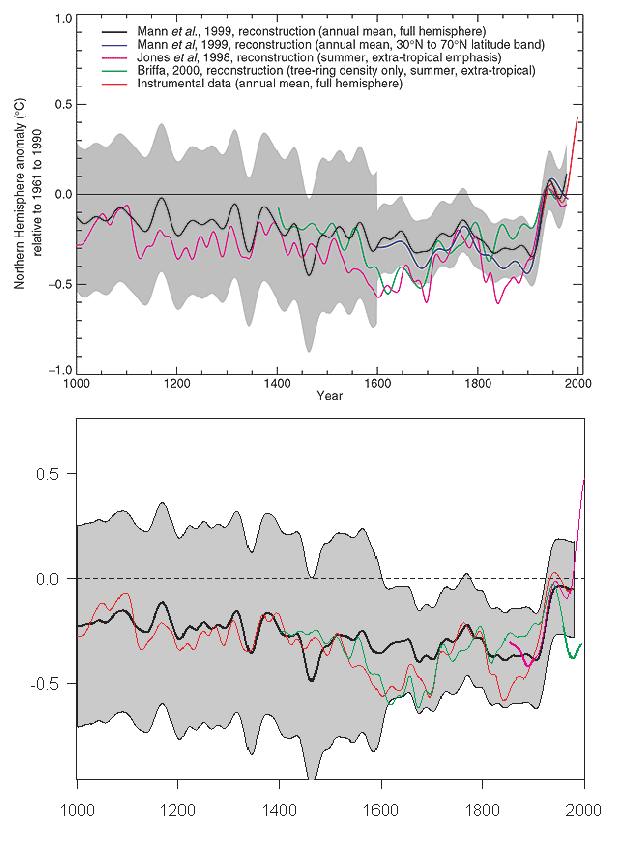Scientists who probed two kilometers (1.2 miles) through a Greenland glacier to recover the oldest plant DNA on record said Thursday the planet was far warmer hundreds of thousands of years ago than is generally believed.
DNA of trees, plants and insects including butterflies and spiders from beneath the southern Greenland glacier was estimated to date to 450,000 to 900,000 years ago, according to the remnants retrieved from this long-vanished boreal forest.
That contrasts sharply with the prevailing view that a lush forest of this kind could only have existed in Greenland as recently as 2.4 million years ago, according to a summary of the study, which is published Thursday in the journal Science.
The samples suggest the temperature probably reached 10 degrees C (50 degrees Fahrenheit) in the summer and -17 C (1 F) in the winter.
They also indicated that during the last period between ice ages, 116,000-130,000 years ago, when temperatures were on average 5 C (9 F) higher than now, the glaciers on Greenland did not completely melt away.
“These findings allow us to make a more accurate environmental reconstruction of the time period from which these samples were taken,” said Martin Sharp, a glaciologist at the University of Alberta, Canada, and a co-author of the paper.
“What we’ve learned is that this part of the world was significantly warmer than most people thought.”
Discoveries of a butterfly species’ DNA in the Far East and Western Europe may rewrite the known history of the Pleistocene Ice Age.
Italian researchers Valerio Sbordoni and Paolo Gratton of the Rome Tor Vergata University said traces of the species’ DNA have been found beyond the range once associated with the insect’s history, the Italian news agency ANSA said Wednesday.
The Italian duo, along with Polish Academy of Sciences researcher Maciek Konopinski, used the new data to create an updated map of the world’s greenery during the global ice age more than 10,000 years ago.
“The evidence from the mitochondrial DNA strongly suggests that large patches of the world’s forests survived the impact of the last Ice Age and were alive and well as far back as 150,000 years ago,” Sbordoni told ANSA. “There were definitely oases in which the Parnassius mnemosyne butterfly thrived, especially in the Carpathians and the ancient German region of Pannonia.”




